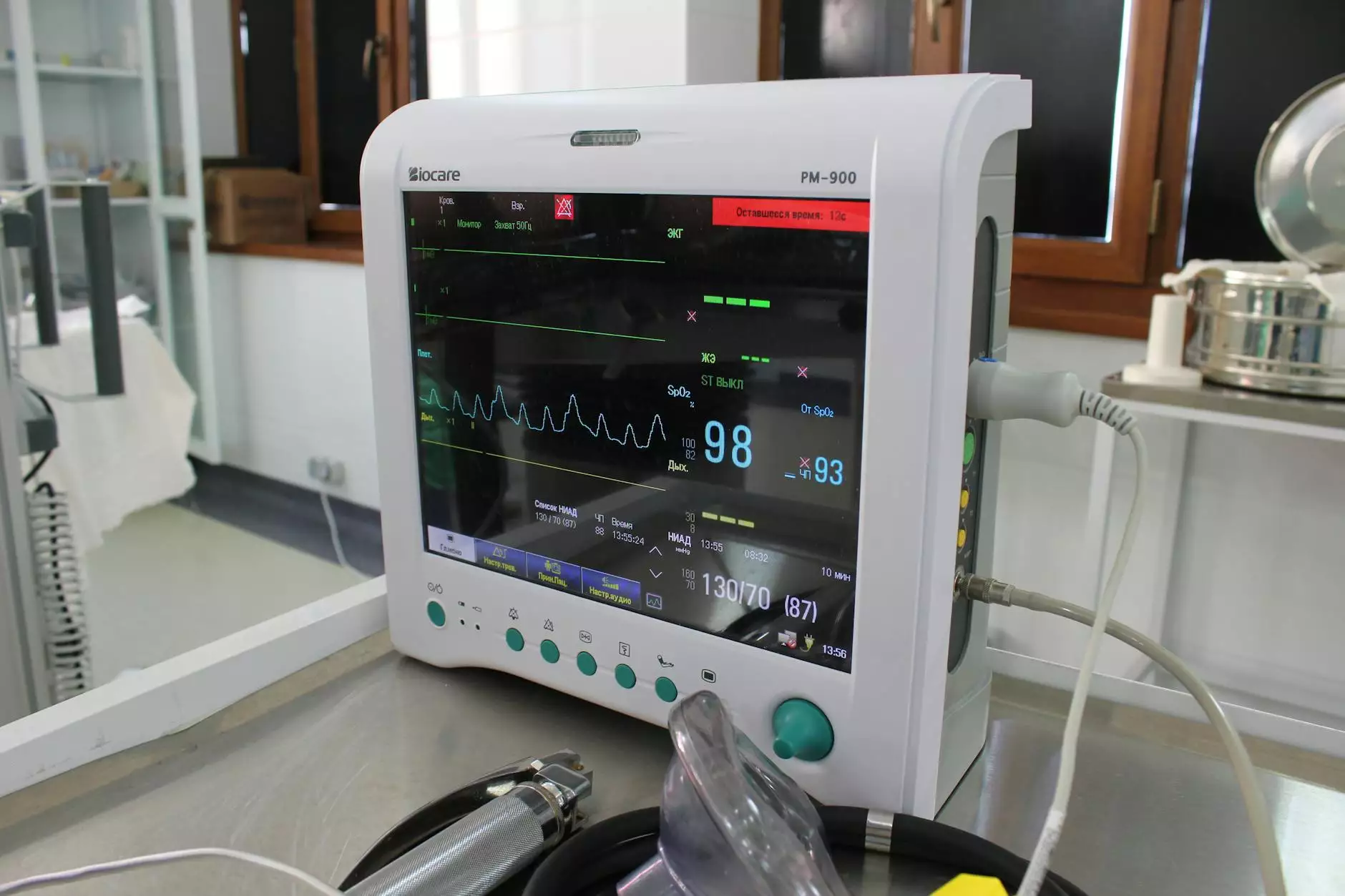Understanding A Breast Reduction: A Transformative Procedure

A breast reduction, clinically known as reduction mammaplasty, is a surgical procedure that aims to decrease the size and weight of large breasts. For many women, large breasts can lead to various challenges, including physical discomfort, emotional distress, and difficulties in engaging in physical activities. In this comprehensive guide, we will explore the intricacies of this procedure, its benefits, and why it may be the right choice for you.
What is A Breast Reduction?
A breast reduction is a surgical intervention designed to remove excess breast fat, glandular tissue, and skin to create a breast profile that is more proportionate to the body. The benefits of this procedure go beyond aesthetics; it also addresses several physical and emotional issues.
Why Choose A Breast Reduction?
There are numerous reasons why individuals may opt for a breast reduction. Here are some of the most compelling:
- Physical Discomfort: Many women with large breasts experience chronic back, neck, and shoulder pain. A breast reduction can alleviate this discomfort by reducing breast weight.
- Emotional Well-being: Large breasts can sometimes lead to feelings of self-consciousness and body image issues. By decreasing breast size, women often report improved self-esteem and confidence.
- Improved Mobility: Women with larger breasts may find it difficult to engage in physical activities or exercise. A reduction can enhance overall physical activity and lifestyle.
- Clothing Fitting: Finding well-fitting clothes can be a challenge for those with larger breasts. A breast reduction can open up a new wardrobe of options.
The Procedure: What to Expect
The process of a breast reduction typically involves several key steps:
1. Initial Consultation
During your first visit, your surgeon will assess your health history, any medications you may be taking, and your reasons for wanting the surgery. They will also discuss your goals for the procedure and what to expect during the recovery process.
2. Surgical Techniques
There are several techniques that can be used for breast reduction, and the choice will depend on your specific needs:
- Vertical (Lollipop) Technique: This method involves a vertical incision around the areola and down the breast, allowing for significant reshaping.
- Inverted T Technique: Also known as the anchor technique, it includes incisions around the areola, vertically down, and along the breast crease.
- Liposuction: In some cases, liposuction alone can be used to remove excess fat with minimal scarring.
3. Anesthesia
Patients usually receive either general or local anesthesia, depending on the extent of the procedure and their overall health condition.
4. The Surgery
The surgery can last anywhere from 2 to 5 hours, and patients typically stay in the hospital for one day. The surgeon removes excess tissue and reshapes the breasts for aesthetic balance.
5. Recovery Process
After surgery, patients can expect some swelling and discomfort, which can be managed with prescribed medications. Recovery time can vary, but many women can return to normal activities within 4 to 6 weeks.
Benefits of A Breast Reduction
Choosing a breast reduction can lead to numerous benefits:
- Enhanced Comfort: Many women report a significant decrease in pain and discomfort.
- Better Posture: Reducing breast weight can lead to improved spinal alignment and posture.
- Increased Activity Levels: With decreased breast size, many women find it easier to engage in physical activities and sports.
- Psychological Benefits: Improved body image can lead to enhanced mental health and emotional well-being.
Choosing the Right Surgeon for A Breast Reduction
Selecting a qualified and experienced surgeon is crucial for achieving the best results. Here’s what to consider:
- Board Certification: Ensure your surgeon is certified by the American Board of Plastic Surgery.
- Experience: Look for a surgeon with a proven track record in performing breast reduction surgeries.
- Before and After Photos: Reviewing the surgeon's portfolio can give you insight into their skills and results.
- Patient Testimonials: Researching patient reviews can help gauge the overall satisfaction level.
Financial Considerations of A Breast Reduction
The cost of a breast reduction can vary greatly based on factors such as the surgeon's experience, location, and the extent of the surgery. Many insurance policies cover the procedure if it is deemed medically necessary. It's essential to discuss potential costs and insurance coverage during your consultation.
Potential Risks and Complications
While breast reduction is generally considered safe, it is essential to be aware of potential risks, including:
- Scarring
- Infection
- Changes in nipple sensation
- Difficulty breastfeeding
Be sure to discuss these risks with your surgeon to make an informed decision.
Alternatives to A Breast Reduction
If you are unsure about surgery, there are non-surgical alternatives to consider:
- Weight Loss: For those whose larger breast size is related to excess weight, losing weight may naturally reduce breast size.
- Supportive Bras: Investing in custom or well-fitted bras can provide relief from discomfort.
- Physical Therapy: Strengthening and conditioning exercises may help alleviate pain associated with large breasts.
Conclusion: Embrace Change with A Breast Reduction
A breast reduction is a powerful option for those looking to enhance their quality of life through physical and emotional relief. By understanding the procedure, recognizing its benefits, and choosing a qualified surgeon, individuals can embark on a transformative journey towards a more balanced and comfortable life. Remember, every woman’s needs are unique, and it’s essential to consult with a medical professional to determine the best options for you.
Contact Us for More Information
If you're considering a breast reduction and want to learn more about what to expect, visit healthtourismantalya.com for expert guidance and additional resources. We’re here to help you at every step of your journey.



